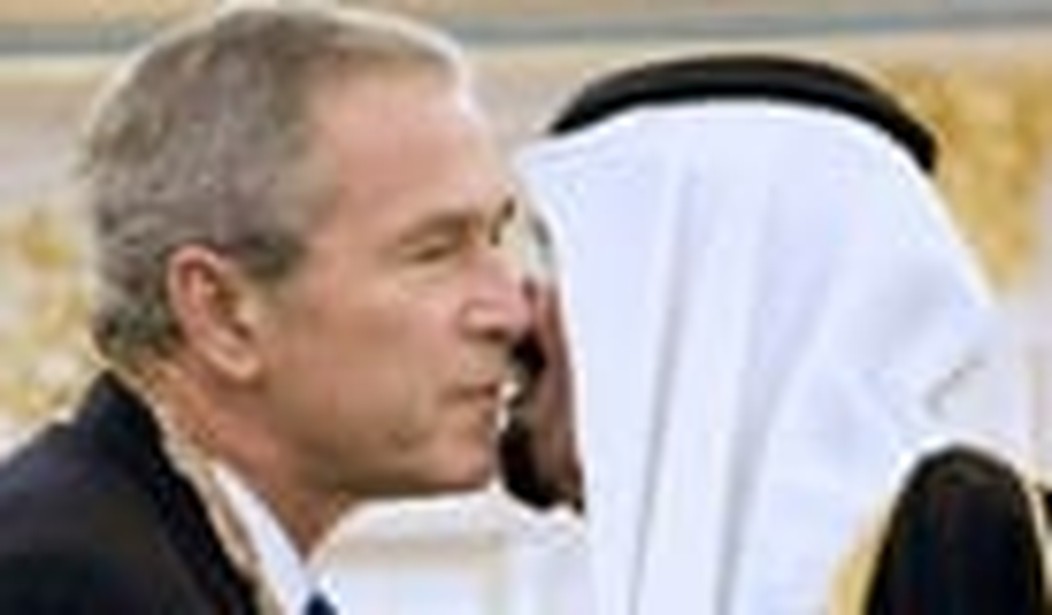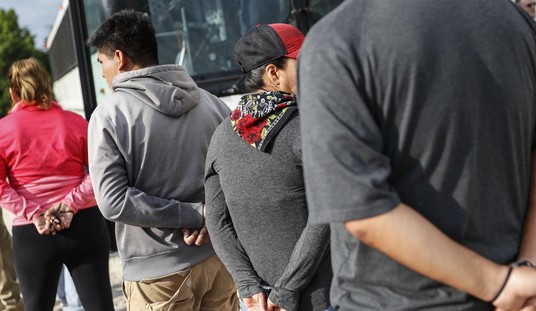It wasn’t really surprising that the recently completed visit by President Bush produced little but condemnation in the Iranian press. With a central goal of Bush’s visit to isolate Iran in the region, one could hardly expect them to give it favorable reviews.
One Iranian media outlet, Mehr, took its rhetoric a step further. In an article published on January 17, this news agency, reflecting the views of the Iranian right wing, stated that the main goal of the US President’s visit was no less than bringing “fire, blood and insecurity to the region.”
Another frequently cited reason, provided for Bush’s visit by the Iranian press, was the presumed concern in the United States regarding Ahmadinejad’s sudden popularity in the region, thanks to the infamous NIE report. This assessment is not utterly inaccurate. The White House indeed had cause for concern, since within two weeks from the release of the NIE report, Ahmadinejad was invited to perform Hajj in Saudi Arabia,and to attend the Gulf Cooperation Council summit (GCC) in Doha, Qatar. Such honors have never been not bestowed to any other Iranian president.
Not that Bush wasn’t also greeted honorably in the Gulf states. But despite the warm welcome and the glitzy gifts, such as the gigantic necklace made of gold, rubies, diamonds, emeralds given to him by the rulers of the United Arab Emirates, and a $20 billion weapons deal between US and Saudi Arabia, Persian Gulf countries were still reluctant to isolate Iran. And they weren’t afraid to say it to America’s face.
On the very day when President Bush was visiting the UAE, the pro-government Khaleej Times, while voicing concern about Iran’s nuclear program in its editorial, also reiterated the strong historic and economic ties between Iran and the Emirates. This was a polite UAE way of saying “thanks for the warning, but we will handle Iran our own way.” And soon after the departure of President Bush from the Persian Gulf countries, Al Jazeera gave Ahmadinejad a platform to defend himself and plead his case in a live interview.
The press of other countries visited by the President, including Kuwait, Saudia Arabia and Egypt, reflected more concern and frustration about lack of progress in peace talks between Israel and Palestinians, than worries about Iran’s nuclear program or any other dangerous ambitions. This despite the recent incident in the Persian Gulf, where Iranian boats were seen harassing the US Navy.
In short, the Bush visit did little to counter the reluctance of Iran’s neighbours to confront Tehran in the aftermath of the NIE report. Their argument stands: when the multi billion dollar US intelligence machine does not view Iran’s nuclear program as a danger, then who are Iran’s Arab neighbors to argue? Why should they risk their security, and billions of dollars worth of business by following President Bush’s advice to isolate Iran, when the President’s own intelligence organizations are reluctant to back him?
Thus, in terms of achieveing results on the grounds, the President’s visit was not very successful. Unlike Washington, the majority of countries in the Middle East view the Israeli- Palestinian conflict, not Iran as their number one priority. In that vein, it didn’t help that it was widely reported internationally that the President’s visit included a green light to Israel to invade Gaza.
The United States has completely legitimate reasons to be worried about Iran’s hostile posturing.
But strategically, it could do well by learning from some of Iran’s application of “soft power” in the region. This term was originally coined Joseph Nye, in his 1990 book “Bound to Lead: The Changing Nature of American Power”. Whereas Hard Power is about the use of sticks such as sanctions and military means, soft power is about using carrots, such as economic assistance.
The Iranian government has exploited this in places such as Iraq, Lebanon and Gaza. It success is due to its successful application of soft power, such as charity organizations, as well as social services networks such as schools and hospitals. This is how it has managed to recruit local soldiers to fight its wars.
The Bush administration has demonstrated an over-reliance on hard power to fight its enemies, in places such as Iraq and Afghanistan. What seems lost on US decision-makers, is that, just as economic concerns are the number one issue for the US voter in the upcoming presidential elections, the same can hold true for people of the Middle East.
Military means are necessary to fight terrorists from such places. But what if an equivalent amount of effort were applied to remedy the economic problems faced by the locals? If this were done, the ability of the United States to influence local politics in the region could be significantly more successful.
Despite all the glitz and warm words of admiration and friendship from the leaders of the region, President Bush and his successor in November 2008 would do well to adjust their strategy when dealing with the region.
Perhaps – on top of $20 billion weapons deals – more economic and job-creating ventures could also be signed.
Increased economic development and relationship between the US and the Middle East would not only bolster the US image in the region, it would also be a major blow to its enemies who want to see it driven out from the Middle East for good.
Meir Javedanfar is the co-author with Yossi Melman of “The Nuclear Sphinx of Tehran – Mahmoud Ahmadinejad and the State of Iran.” He runs Middle East Economic and Political Analysis (Meepas)









Join the conversation as a VIP Member